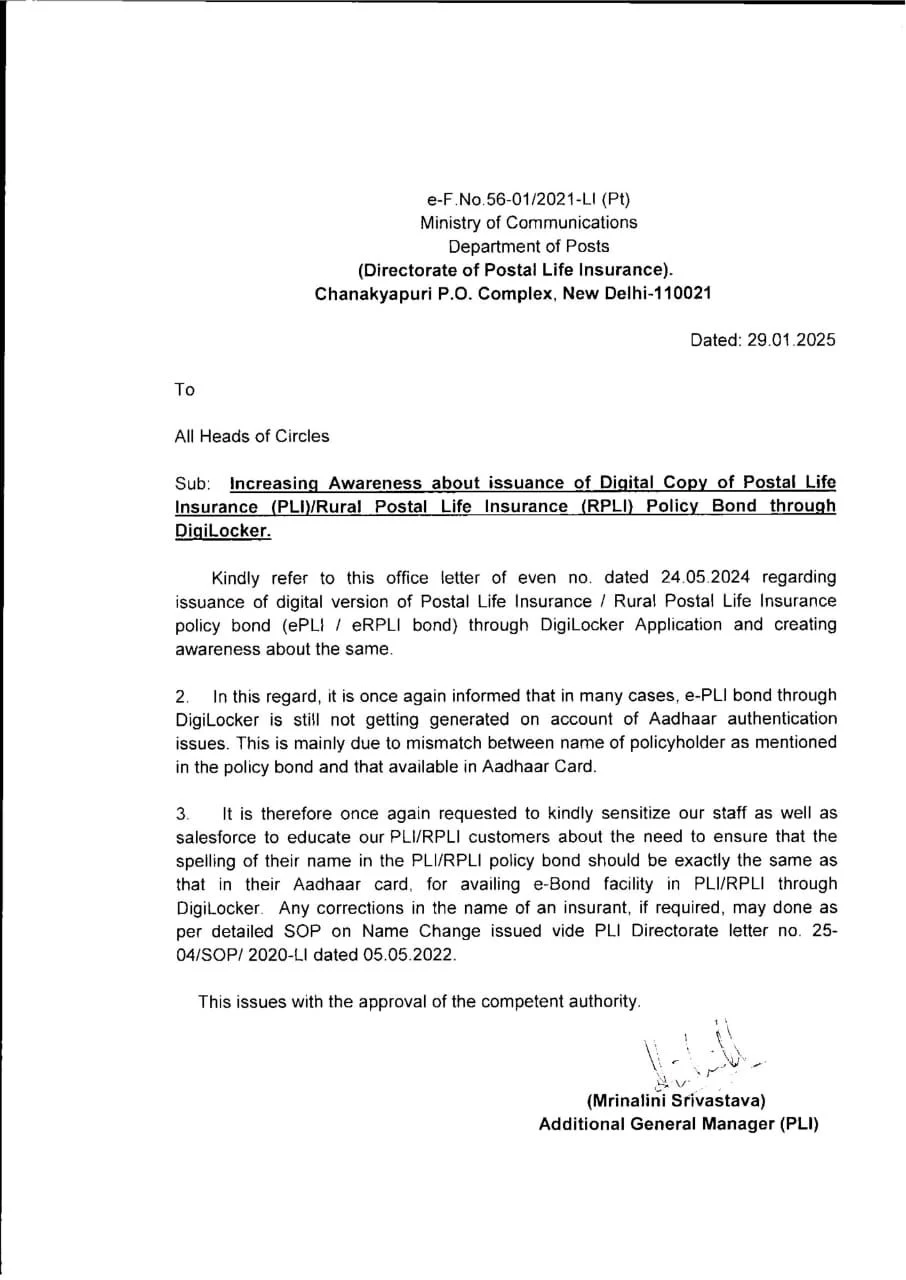Establishing Timely Compliance Mechanism for Court Orders to reduce the Contempt Cases in the Country: Ministry of Law and Justice Memorandum dated 03.01.2025No. N-17/22/2024-NM (E-9819)Government of IndiaMinistry of Law and JusticeDepartment of JusticeNMJR-I Section***Jaisalmer House, 26 Man Singh Road,New Delhi- 110 011.Dated, the 3rd January, 2025OFFICE MEMORANDUMSub: Mentioning of Matters of Urgent Public Importance-Special Mention raised by Dr. Ashok Kumar Mittal, MP.During the 266th Session of the Parliament in Rajya Sabha on 04.12.2024...
Read More ->>














 →
→











